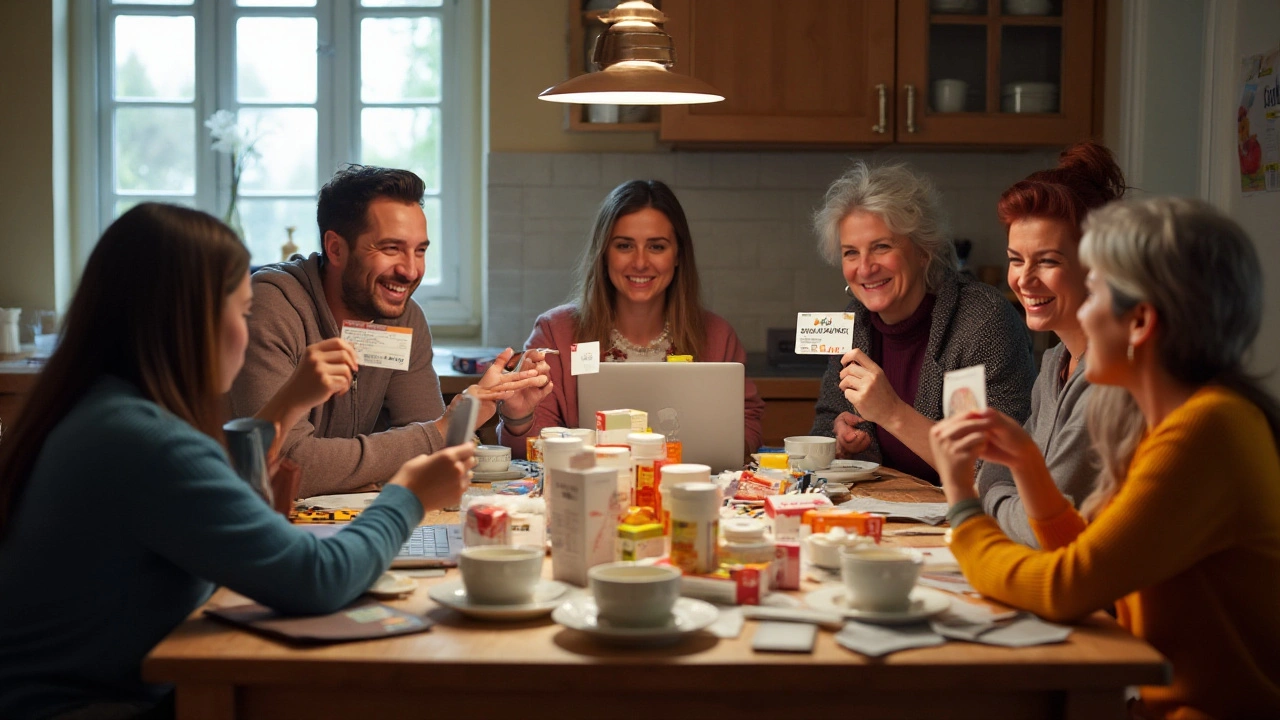Medication Discounts: Real Ways to Slash Prescription Costs
If you’ve ever stared at a drug price tag and thought, “That’s crazy,” you’re not alone. The good news is that most people pay far more than they have to. From online coupons to pharmacy loyalty programs, there are dozens of shortcuts that can shave big chunks off your bill. Below you’ll find the tools and habits that actually work, no hype.
Top Tools for Finding the Best Prices
First up: price‑comparison sites. Websites like GoodRx, RxSaver or Blink Health pull data from dozens of pharmacies and show you the lowest cash price in seconds. All you need is your medication name and dosage; the site does the rest. Bookmark one of these tools and check it every time you refill.
Second, don’t ignore manufacturer coupons. Most big pharma brands offer free‑print or digital codes that can knock $10–$30 off a single fill. A quick search for “drug name coupon” will usually land you on the brand’s own page. If your doctor prescribes a brand drug, ask if there’s a coupon available before you leave the office.
Third, discount cards are still useful. Programs like WellRx, Blink Card or the GoodRx pharmacy card give you an instant discount at participating stores. They’re free, require no credit check, and work alongside insurance in many cases.
Smart Strategies You Can Use Today
Buy generic whenever possible. Generic versions contain the same active ingredient as brand name meds but cost a fraction. If you’re not sure whether a generic exists, ask your pharmacist or look it up on the FDA’s database. Even a small switch can save $20‑$50 per month.
Consider mail‑order pharmacies. Many insurance plans have a separate “mail‑order” tier that offers 90‑day supplies at lower prices than the retail counter. Sign up, set a reminder for refills, and you’ll often see a noticeable drop in your out‑of‑pocket cost.
Use bulk buying wisely. If a medication is stable for long periods, ordering a three‑month supply can cut per‑pill costs. Just make sure the expiration date gives you enough runway; there’s no point paying less only to waste medicine later.
Check if your state runs a prescription assistance program. Some states partner with nonprofit groups that provide free or heavily discounted meds for low‑income residents. A quick search for “prescription assistance + [your state]” can reveal local resources you didn’t know existed.
Lastly, talk to your doctor about dosage adjustments or alternative drugs. If a cheaper option works just as well, the conversation could save you hundreds annually. Doctors appreciate patients who are proactive about costs; they often have sample packs or can write a prescription for a lower‑cost brand.
Putting these tips together turns a confusing maze into a clear path: start with a price‑compare site, grab any available coupons, use a discount card at the pharmacy, and ask your doctor about generics or alternatives. In practice, you’ll see immediate savings on the next fill and build habits that keep costs low for years to come.
Bottom line? You don’t need a magic trick—just the right tools, a bit of research, and willingness to ask questions. Start today and watch your prescription bill shrink.", ""


